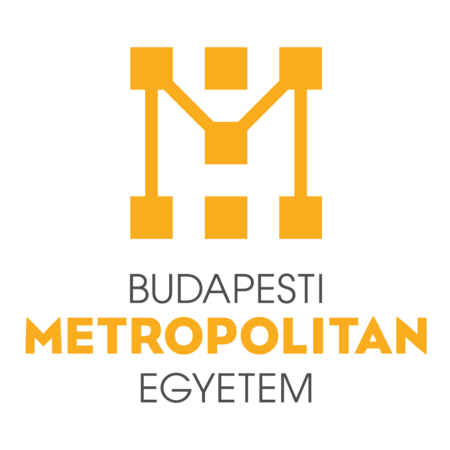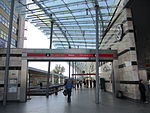Budapest Metropolitan University

Budapest Metropolitan University (Hungarian: Budapesti Metropolitan Egyetem) is an accredited private institute of higher education in Budapest, Hungary. It is formally known as the Budapest Metropolitan University or budapesti Metropolitan Egyetem. As the Budapest College of Communication and Business (Hungarian: Budapesti Kommunikációs és Üzleti Főiskola), it had offered regular and correspondence BA courses in business communication, international communication, a joint degree in communication (journalism) and European public service and business administration between 2001 and 2005. The university was accredited as an adult education institute, as well, in 2003. It has started the training of television journalists in partnership with the Hungarian Public Television. It has its own language department, which functions as an official EURO, ITK-Origo and TOEIC language exam centre and offers regular, business and special language courses. The Trade Academy of BKF offers special courses at intermediate and advanced level. The students can master the tricks of their chosen professions in study groups of 12-18 in the school’s campus, which is located in a suburb of Budapest. The well-equipped and modern school buildings have recently been renovated, and a brand-new, high-tech building was constructed in 2005 with the support of the European Union. Apart from baccalaureate courses, the school also offers vocational and post graduate courses, company courses in communication, business communication and European public management. The school also has a secondary school (BKF Bilingual Vocational School). BKF focused on Communication and Media studies, Business, Economics and Marketing, Tourism and Hospitality, and Applied and Media Arts Budapest Metropolitan University of Applied Sciences had its first graduation ceremony on February 26, 2005, when the school bid farewell in style to the first students of business communication who graduated in January 2005. Since 2005, MET has implemented the Bologna process, and transformed the study programmes by the new Hungarian accreditation requirements. The current, running BA and BSc programmes are communication and media studies, business and management, international business, trade and marketing, tourism, public service. In 2009, MET integrated the "Heller Farkas" College of Tourism, and established an Institute of Visual Arts with BA programmes in photography, graphics, media design, cameraman, film and media studies - these programmes started in 2010. Besides the main campus, in 2010 the Rózsa Street campus opened its gates for art, tourism and catering students.
Excerpt from the Wikipedia article Budapest Metropolitan University (License: CC BY-SA 3.0, Authors, Images).Budapest Metropolitan University
Nagy Lajos király útja, Budapest Alsórákos
Geographical coordinates (GPS) Address External links Nearby Places Show on map
Geographical coordinates (GPS)
| Latitude | Longitude |
|---|---|
| N 47.506388888889 ° | E 19.135 ° |
Address
Budapesti Metropolitan Egyetem
Nagy Lajos király útja 1-9
1148 Budapest, Alsórákos
Hungary
Open on Google Maps










